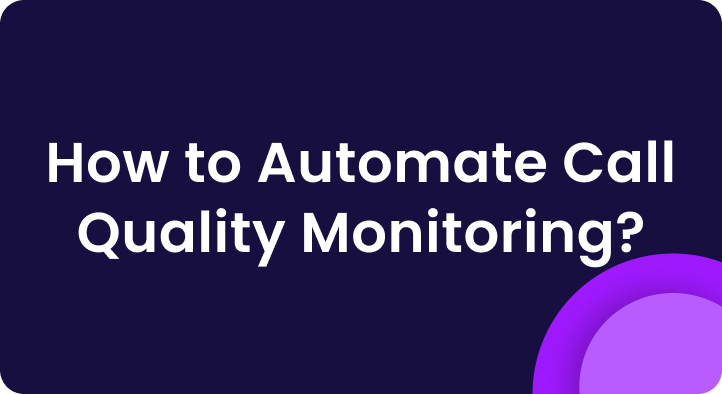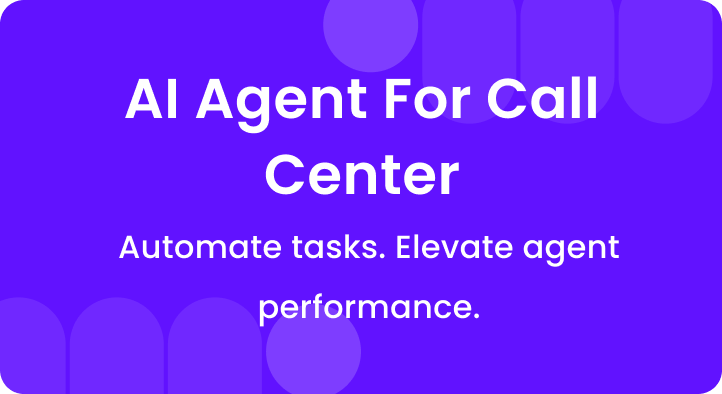Have you ever dialed a customer support number and been instantly connected to the exact person you needed?
That’s the essence of call routing—a streamlined method that directs callers to the right team or agent in the shortest possible time.
In today’s friendly but fast-paced environment, customers expect quick responses.
90% of consumers worldwide consider issue resolution as their most crucial customer service concern. And 60% mention that long holds are their biggest annoyance.
These stats prove that a robust call-handling system not only keeps customers happy but also boosts team productivity.
In this post, you’ll learn the basics of call routing, its types, and how to implement or optimize it for better customer experiences.
So, let’s get started!
A. What is call routing?
Call routing, sometimes called inbound call distribution, directs incoming phone calls to specific employees or departments based on preset rules, time schedules, skill sets, or caller needs.
Think of it as a traffic signal for your phone lines: it ensures that calls flow smoothly and land in the right place.
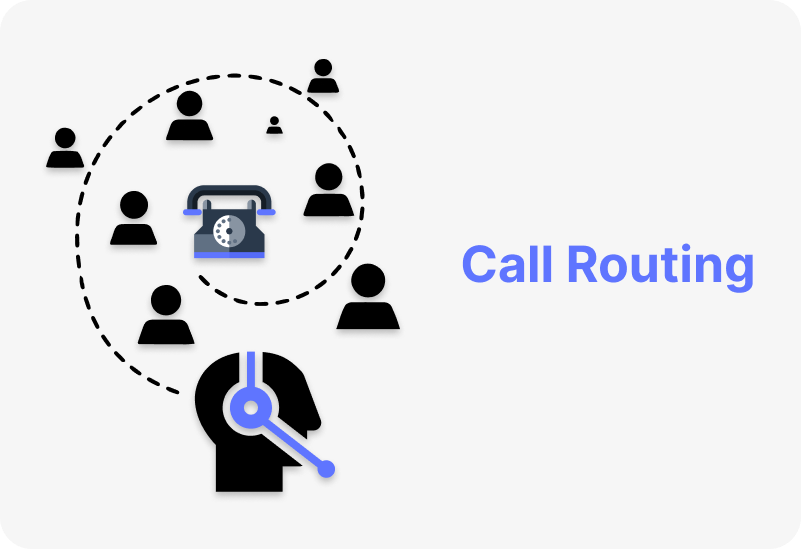
Within a typical call-handling system, you see a few key components:
- Automatic call distribution (ACD): This is the engine behind your inbound call distribution. It places each call into a queue and sends the Call forwarding once an agent is free.
- Interactive voice response (IVR): This lets callers select from an automated call flow menu. They input their input using a dial pad or voice commands, and then the system directs them to the correct department.
- Call queuing system: When no agent is available, your call queuing system holds the call in a virtual line and notifies callers about possible wait times.
- Routing logic/rules: This set of instructions manages how calls flow dynamically. It ensures customers get to the right agent based on availability and skill sets.
These components form the backbone of your customer call management. With the proper setup, your calls always reach the agent best suited to handle them.
Typical call routing workflow
Caller dials in → IVR menu → Caller selects an option → Call queuing (if needed) → ACD checks agent availability → Call connected
Getting a call to the right agent is just half the battle. What happens next is what really matters.
- Did the agent handle objections well?
- Was the customer’s concern actually resolved?
- Did the conversation drive value—or just waste time?
You don’t have to guess. See the insights yourself.
🎯 Get 5 free call evaluations – Start Now.
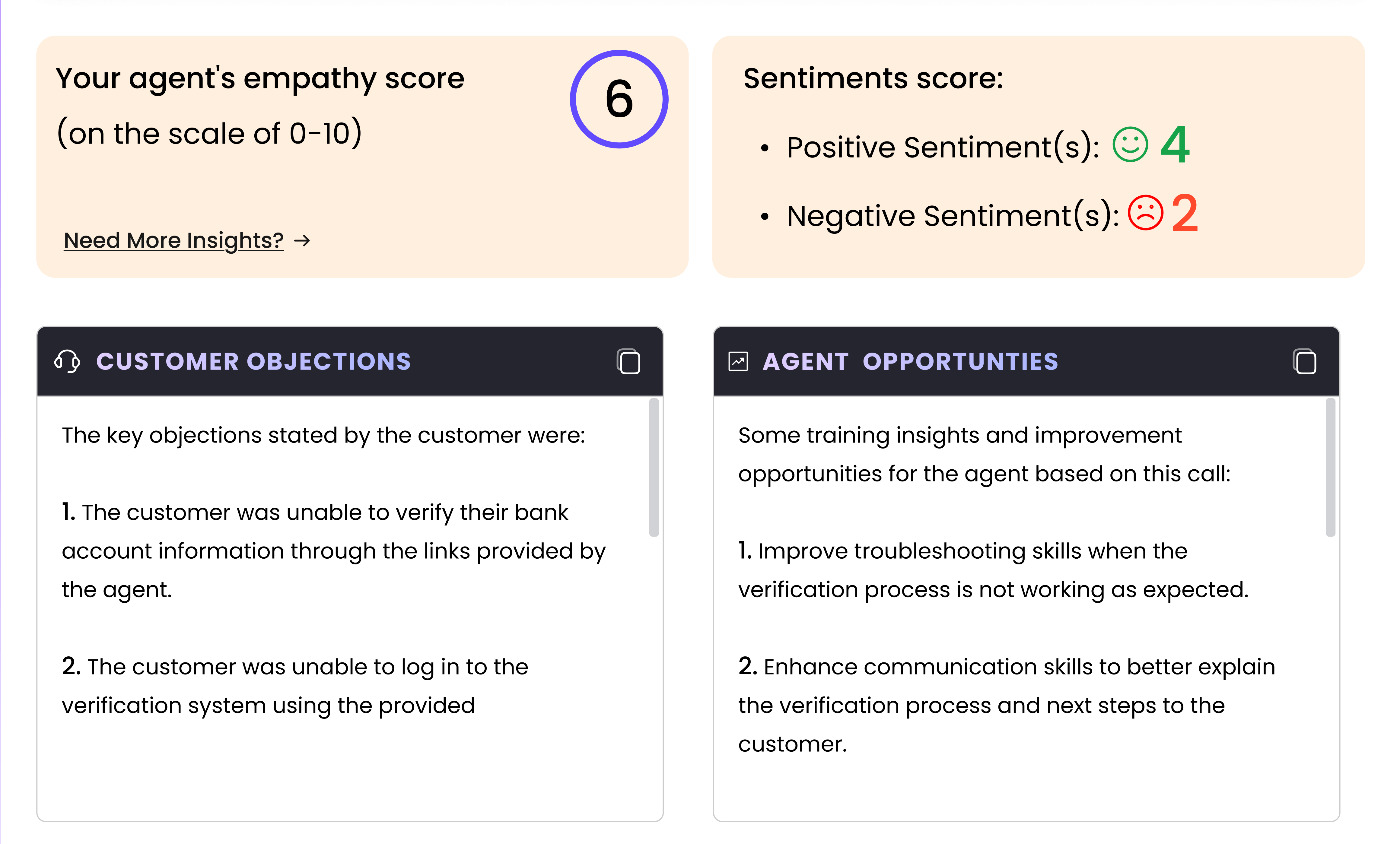
B. 6 Types of Call Routing for Businesses
Different businesses need different approaches. Below are six popular methods to direct inbound call distribution effectively:
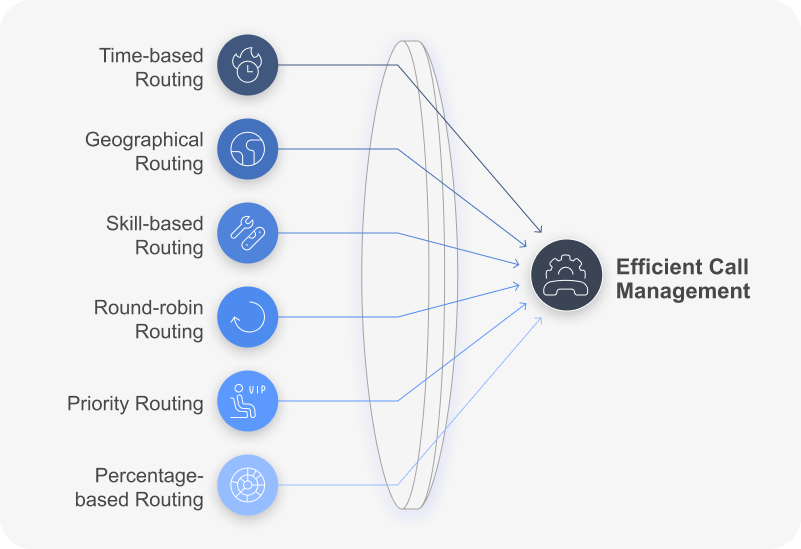
1. Time-based routing
Also known as “business hour routing.” In this routing, calls are directed to specific numbers or teams based on the time or day of the week.
It’s ideal for companies operating across multiple time zones. You can forward after-hours calls to an on-call agent or a 24/7 helpline.
2. Geographical routing
This routing is a powerful strategy for companies serving diverse regions.
Calls are distributed according to the caller’s location, identified by area code or phone number data.
It’s perfect for national or international businesses that provide location-relevant services or language-specific support.
3. Skill-based routing
Agents have different strengths—some excel at technical support, and others handle billing issues.
This method matches customer queries to agents with the right skill set.
This improves first-call resolution rates because the caller directly connects with someone who can solve their query.
Agent Performance Evaluation ensures agents are routed calls that align with their expertise. With the help of AI, we gather insights about agent capabilities that inform call routing processes. Routing becomes smarter and more effective.
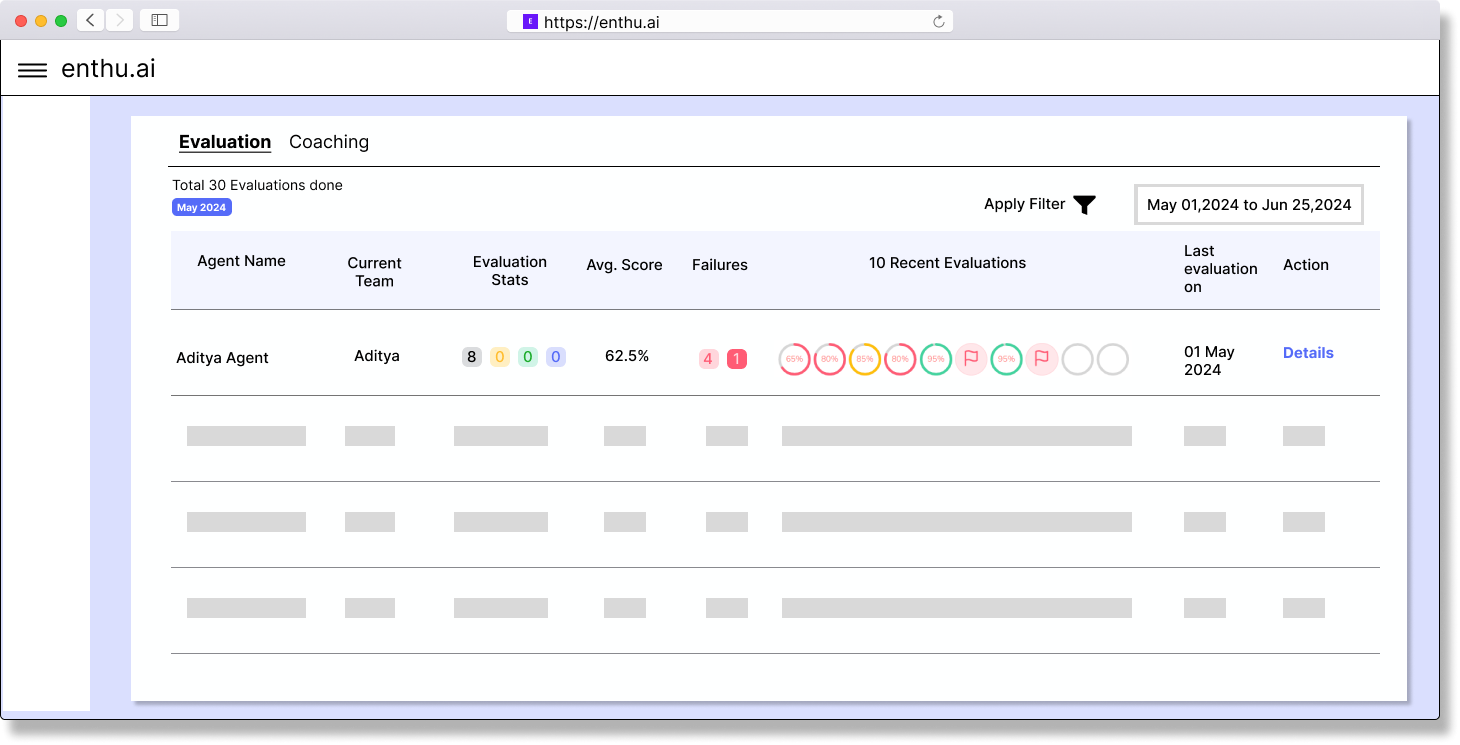
4. Round-robin routing
A fair approach for distributing call loads. In the round-robin, each agent in a group receives a call in a fixed, repeating order.
It’s great for sales teams looking to give each rep an equal shot at new prospects.
5. Priority routing (VIP routing)
High-value customers or urgent calls jump to the front.
The system recognizes them by their caller ID or customer profile and then routes them directly to specialized agents.
This method bolsters customer loyalty, ensuring top-tier clients get faster, premium support.
6. Percentage-based routing
Incoming calls are split among multiple teams or locations by fixed percentages. For instance, 40% of calls might go to your main office, 30% to a backup team, and 30% to an outsourced partner.
This routing is useful if you want to test a new support team or effectively manage call distributions across different sites.
C. Call routing vs. automatic call distribution (ACD): key differences
While the terms “call routing” and “ACD” often appear together, they’re not exactly the same.
They both manage inbound calls, but there are differences:
- Focus: ACD is the actual system that answers and queues incoming calls. Call routing is the strategy or set of rules for directing those calls.
- Complexity: An ACD can exist without advanced routing rules. It might just place calls in a queue and wait for an agent to answer. Call routing offers you more intelligence, directing calls to specific groups.
- Flexibility: ACD is often built into modern phone solutions, but call routing rules can change frequently based on new objectives or agent availability.
Integrate both a robust ACD and a flexible call routing plan. This synergy lowers wait times, eliminates misrouted calls, and enhances customer call management flow.
D. Why does effective call routing matter?
Building excellent customer experiences depends on effective call routing.
Here’s why it matters so much:
- Improves first-call resolution: According to a survey, 70% of consumers are dissatisfied if transferred from one department to another. By correctly routing calls, you eliminate those tedious transfers.
- Reduces wait times: Your dynamic call routing approach ensures you quickly locate the right agent, shortening the queue and keeping your customers from waiting too long.
- Lowers abandonment rates: Long hold times often cause call abandonment. With optimized routing, you direct inbound calls quickly, so callers stay on the line.
- Boosts agent satisfaction: Less chaos means less burnout. When your system sends the right calls to the right people, your team can focus on helping customers.
- Enhances brand image: A smooth calling experience fosters a professional image. Callers trust you more when they consistently receive immediate, relevant assistance.
- Aligns with omnichannel efforts: Multi-channel call routing—voice, chat, SMS—ties everything together, letting you unify your support channels.
Do you know that AI-powered call analysis helps businesses track and refine call routing performance. With Enthu.AI, you can analyse call trends, and businesses can continuously optimize their strategies for maximum efficiency. Delivering a seamless customer experience starts with routing calls accurately and efficiently. You never want your callers to be bounced around or placed on hold for ages. The good news is that you can optimize call routing to get them straight to the right person every single time. Below are six strategies you can adopt today: Before diving into advanced features and configurations, make sure you understand the basics of call routing and its core call center technologies. A solid foundation can include: Choosing the right approach—or combining different routing methods—ensures each caller is paired with the agent or department best suited to handle their request. To craft an effective call routing strategy, start with your customer’s needs and expectations: With a thoughtful plan in place, you’ll ensure customers are quickly connected to agents who are ready and able to help. Modern call routing goes hand in hand with technology. When you integrate your call-routing system with data sources such as CRMs and customer databases, you can: By unifying customer data and your call-routing platform, you’ll build a robust ecosystem that drives efficiency and improves the overall experience. How can we help? Enthu.AI automatically detects customer sentiment, frequently mentioned keywords, and frustration points within calls. This helps businesses refine their call routing strategy by sending complex issues to skilled agents while automating repetitive queries. Even the best routing system will fail without knowledgeable, engaged agents. Here’s how you can empower your team: When agents are trained, confident, and well-equipped, they can resolve issues faster and deliver truly standout service. In today’s digital world, customers will reach out however is most convenient—whether via phone, email, live chat, or social media. Rather than treating each channel as a silo, unify them: With comprehensive multichannel support, you can seamlessly guide customers to the appropriate resource while maintaining context and personalization. Self-service isn’t about replacing human agents; it’s about giving customers the choice to solve simple issues on their own terms. This can include: When self-service is properly integrated with call routing, customers can shift to a live agent at any point, ensuring a fluid transition and improving overall satisfaction. A well-optimized call-routing strategy isn’t a “set it and forget it” project. Continuously monitor key metrics and make data-driven adjustments: By nurturing a culture of continuous improvement, your call-routing system will remain agile, efficient, and closely aligned with your customers’ needs. If you’re looking to enhance performance and track quality, Enthu.AI supports your goals in many ways. Here’s what you gain when you use Enthu.AI: Here’s how it helps: 1. Quality monitoring: Enthu.AI automatically scans call recordings to gauge agent empathy, product knowledge, and compliance. You discover who’s sticking to the script and who’s going above and beyond. 2. Call transcription: Tired of scribbling down notes during calls? Enthu.AI’s AI transcription feature records everything in text form so you can quickly skim through important interactions. This feature saves time, ensures accuracy, and allows you to revisit crucial moments without overloading your team. 3. Speech analytics: Delve into the “why” behind customer sentiments. If repeated words like “slow,” “help,” or “cancel” appear, you can identify bottlenecks in your customer call management. Pinpoint common issues, then adjust your scripts or routing rules to handle them more efficiently. 4. Sales coaching and training: If your inbound calls often turn into sales opportunities, Enthu.AI’s analytics reveal how top performers handle them. You can glean real examples of top-tier pitches or closings. Then replicate these winning approaches across your team. This consistent knowledge-sharing eventually leads to better results. 5. Agent performance evaluation: Performance dashboards show who’s hitting targets and who needs help. Everyone gets the clarity needed to grow, and you can track progress with real data. Remember, improved agent performance means an even smoother automated call flow for customers. In today’s fast-moving, customer-first world, how you manage incoming calls can make or break a customer’s experience. That’s why call routing isn’t just a tech feature—it’s essential for business. Whether you direct calls by time zone, agent skill, or customer priority, a smart routing system ensures every caller reaches the right person quickly. The result? Happier customers, more productive teams, and a supportive support experience. So, if you’re ready to ditch long wait times and misrouted calls for good, now’s the time to take action. Build a smarter call routing strategy—and let every call count. 1. What is call routing? Call routing is a fancy call management feature of business phone systems. It determines the best person or group to talk to based on some intelligent rules and criteria that you set up ahead of time. To do this, calls are put in a queue (not any old queue, it’s the new queue!) and routed efficiently to improve answer time, customer experience, and overall efficiency. This happens before the recipient answers the phone in an efficient and thoughtful manner – to create an organized method of calls. 2. What are the four basic operational methods for call routing? The core methods include time-based routing, geographical routing, skill-based routing, and fixed/sequential routing. Each method ensures calls reach the right agent by different criteria—like business hours, caller location, agent expertise, or a preset order. 3. What is the difference between call routing and IVR? Call routing is the overall process of distributing incoming calls based on rules like agent availability or skill sets. IVR (Interactive Voice Response) is a specific technology within that process. It greets callers with an automated menu, collects their input (“Press 1 for Sales”), and then passes that info to the routing engine for distribution. 4. How to route a phone call? To route a call, you can use an automated call flow. Start with an IVR greeting to learn caller intent. Next, your system (often an ACD) matches them with the ideal agent or department. If agents are busy, the call goes into a queue until someone’s free. The workflow can be configured via call routing rules in your telephony or contact center software.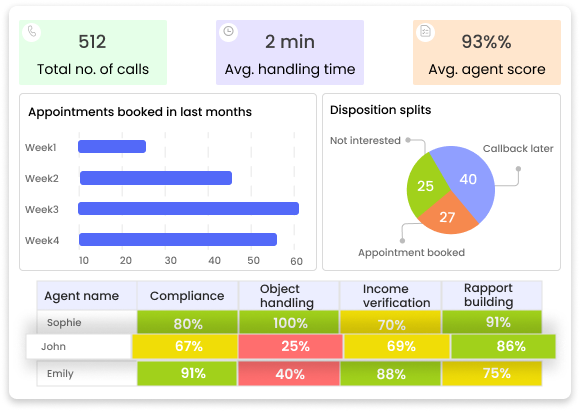
E. How to optimize call routing for a seamless customer experience
1. Understand the fundamentals of call routing
2. Design a customer-centric routing plan
3. Leverage technology and data integration
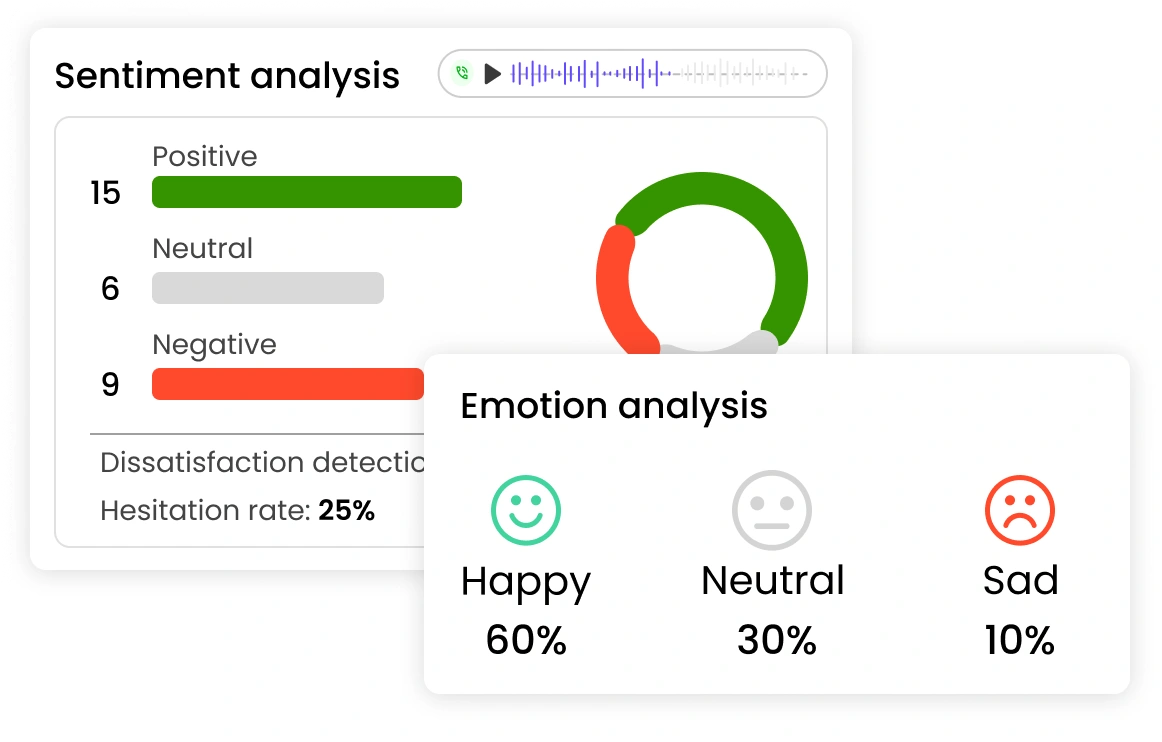
4. Empower your agents
5. Integrate multichannel support
6. Enhance self-service options
Bonus tip: Measure, analyze, and refine
F. Introducing Enthu.AI: The solution that made a difference
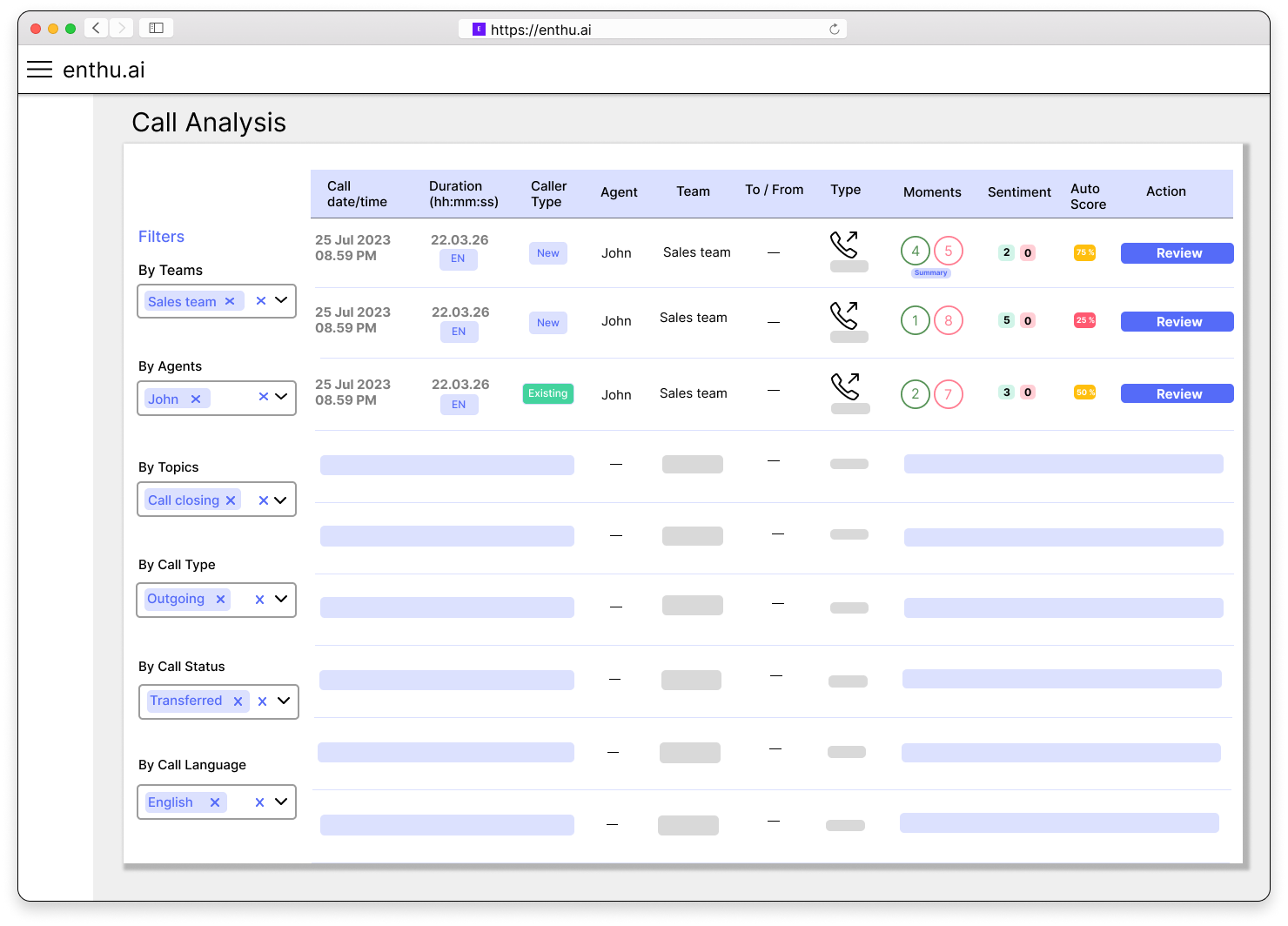
Conclusion
FAQs
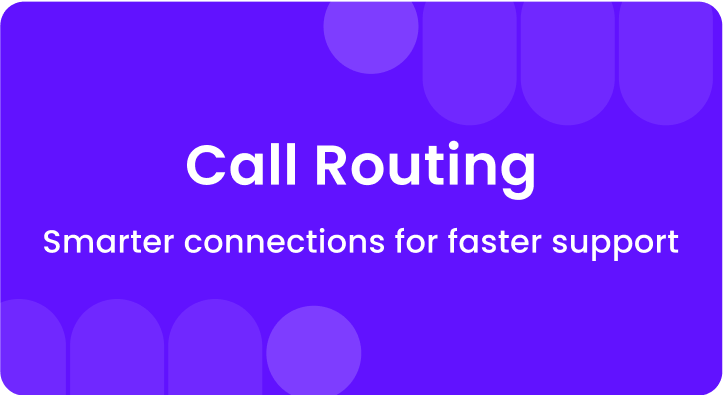


 On this page
On this page